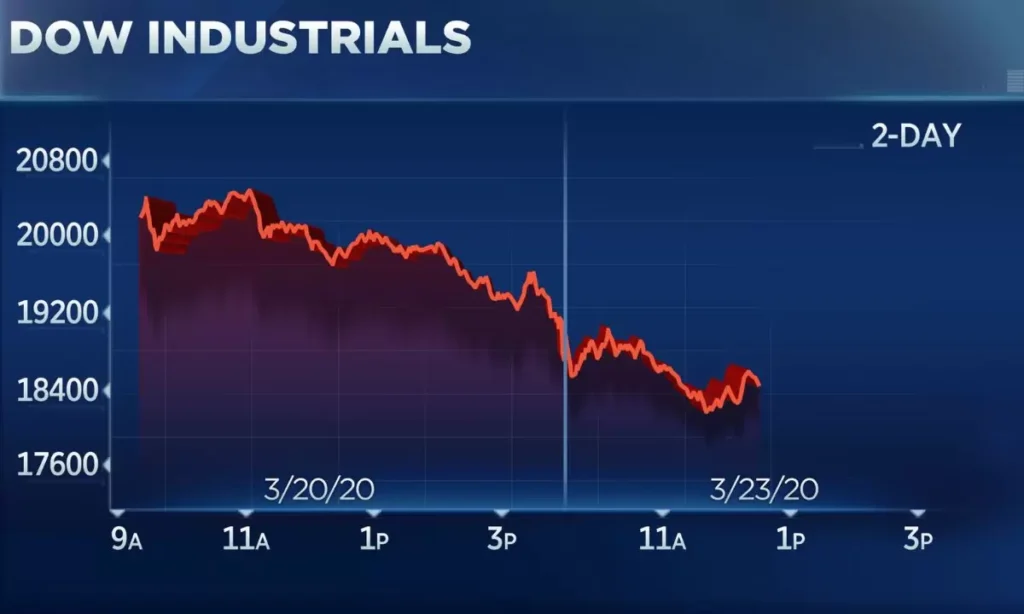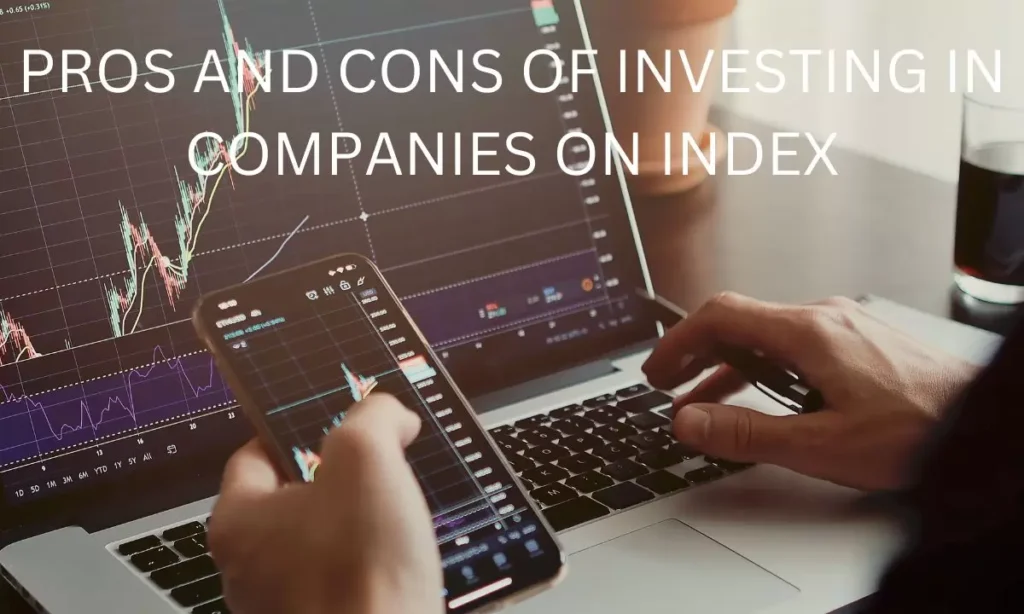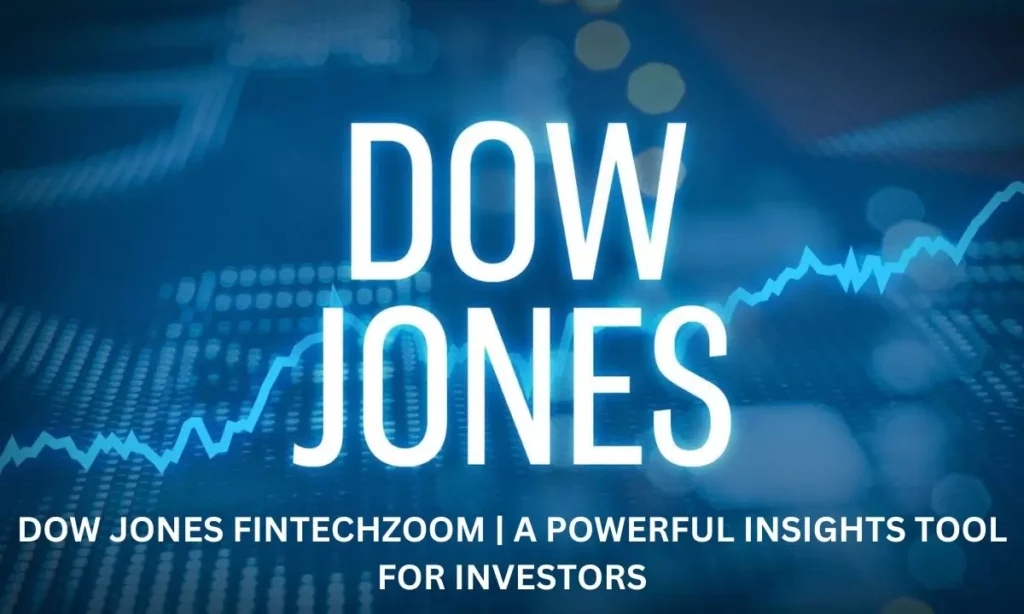Dow Jones FintechZoom is a very useful resource for all investors interested in fintech. With it you can easily search thousands of firms and discover hidden gems. It provides key information on companies’ their history and technology offerings. Understanding the latest innovations helps identify future industry leaders. The app analyzes trends and outlines drivers shaping the exciting fintech sector. Investors find reliable data to make smart investment decisions. Overall it’s a fantastic tool aiding success in fintech markets.
Key Takeaways
- Dow Jones FintechZoom is a dashboard and search tool created by Dow Jones to provide insights into the fintech sector.
- It tracks over 5000 global fintech companies both public and private firms innovating in financial technology.
- The platform offers data on companies’ finances, funding rounds, partnerships and other metrics to help users identify investment opportunities.
- It aims to help investors recognize emerging high growth players at the forefront of transforming industries like payments investments and digital assets.
- As a trusted source from Dow Jones it provides real time and in depth research capabilities on fintech leaders and disruptors.
- The tool serves both professional and individual investors interested in learning about technologies reshaping the financial landscape.
- Its extensive database and analytics make it a powerful resource for keeping up with rapid changes in the fintech space.
- Staying informed via FintechZoom can allow investors to capitalize on future market moving companies and trends.
Live Dow Jones Industrial Average Stock Market Index

The Dow Jones Industrial Average (DJIA) provides a live index of stock prices for 30 large U.S. companies. Investors can track how the average changes throughout the trading day. It is one of the most followed indicators of how the American stock market is performing daily.
What is DJIA?
DJIA stands for the Dow Jones Industrial Average. It is a market index that tracks the stock performance of 30 giant publicly traded companies in the United States. Some of the most well known companies in the average include Nike, Microsoft and The Coca Cola Company.
The Actual Reason for Creating DJIA
Charles Dow created the Dow Jones Industrial Average in 1896 while working as a journalist. He formed the average to give business newspapers a useful snapshot of how the stock market was trading each day. His goal was to make the performance of the market easy for people to understand through a simple calculation.
Milestones and Events
In 1972 the average first closed above 1000 points showing economic growth. Another big moment was in 1987 during the crash known as Black Monday when it dropped over 20%. It surpassed 10000 points in 1999 reflecting the technology boom. Now it regularly trades above 26000 displaying continued corporate earnings and profits.
How is DJIA Calculated?

The Dow Jones Industrial Average’s value is calculated based on the stock prices of its 30 components. A company’s stock price is adjusted by a weighting factor and then all are added up. This total amount is divided by what is called the Dow divisor, a number that changes to account for any adjustments to the stocks.
What is the Purpose of Dow Jones FintechZoom?
Dow Jones FintechZoom provides a dashboard for tracking companies innovating in financial technology. It aims to help investors identify opportunities in areas transforming finance like payments lending and digital assets. The platform offers data and analysis on both public and private fintech firms to help people make informed investment decisions.
The Impact of Fintech on the Dow Jones Industrial Average
Many of the businesses included in the Dow Jones Industrial Average are facing competition from nimble fintech startups. As newer financial technology companies continue growing rapidly it could potentially impact the profitability of incumbents. Over time this disruption may cause changes to the compositions of companies that make up the influential Wall Street index.
Pros and Cons of Investing in Companies on Index

Pros
Investing in a market index can provide benefits like variety, low fees, market growth and simplicity. Both large and small investors may find these pros appealing.
- Variety: An index gives exposure to numerous industry sectors and company sizes at once. This helps reduce company specific risk compared to investing in just one or two stocks.
- Low Cost: Fees for index funds tend to be lower than actively managed mutual funds. Less expense means keeping more returns over the long haul.
- Market Performance: Historically indexes have had greater average returns than individual stocks. Following the overall rising market can yield strong profits.
- Simplicity: There’s no need to spend extensive time researching individual firms. Indexes handle rebalancing automatically so the portfolio requires little adjustment.
Cons
While index funds provide advantages, some drawbacks also exist to consider for investors’ situations.
- Limited Selection: Indexes only include the particular companies within their specified category. Some excluded firms outside may perform superbly in the long run.
- Underperformance: Overconcentration in a few expensive stocks or sectors could occur. If those areas fall out of favor the overall index is impacted heavily.
- Overvaluation Risks: Prolonged overperformance of index members raises risks of overpricing relative to standalone growth potential and earnings capabilities.
What are the Companies in the Dow Jones FintechZoom?
Dow Jones FintechZoom tracks over 5000 global fintech firms. It follows both public and private companies. Some major public fintechs are PayPal Square and Intuit. Stripe, Chime Brex and Klarna are leading private fintechs. The dashboard provides data on finances funding and partnerships of firms transforming finance.
The Dow Jones Industrial Average and the Role of Blue Chip Companies
The DJIA focuses on large established blue chip corporations. These tend to be well known industry leaders providing stability. Examples include companies like Boeing, Coca Cola and Microsoft. Such firms strive to perform consistently despite economic conditions while maintaining long term growth potential. Also this cautious approach could miss emerging fast growing players over time.
Factors Affecting the Dow Jones Industrial Average Results

Multiple economic and geopolitical variables constantly impact the DJIA’s daily movements. Understanding these influences helps investors recognize trends.
1. Economic Indicators
Strong GDP, low unemployment and inflation typically help the broader stock market and DJIA.
2. Corporate Earnings
Steady reported profits and outlooks reassure confidence in large DJIA business constituents.
3. Interest Rates
Lower interest environments are usually positive as they reduce corporate borrowing expenses.
4. Geopolitical Events
International conflicts, wars or tensions tend to hurt market sentiment in the short run.
5. Market Sentiment
Widespread risk appetite supports buying pressure while uncertainty spurs selling and higher volatility.
6. Market Liquidity
Abundant available capital encourages investment. Funding shortfalls can undermine stock prices.
7. Technological Advancements
Innovations birth chances but also threaten existing companies changing sector influences over time.
8. Global Market Trends
Strong international growth generally complements U.S. markets. Also emerging overseas risks have the potential to destabilize global economic conditions.
Continued monitoring of these interconnected factors aids in comprehending DJIA fluctuations and identifying longer term trends. Staying informed assists in making educated investment decisions.
Strategies for Using Dow Jones FintechZoom to Invest in DJIA Companies

Some methods include index funds dollar cost averaging reinvesting dividends and maintaining a long term perspective. It also helps regularly rebalancing a portfolio to adapt to changing conditions while taking a diversified approach. Staying updated on company reports and macroeconomic changes aids in knowing when to consult experts for guidance.
Index Funds or ETFs
Low cost index funds and ETFs provide simple exposure to the whole index at low prices. Cost averaging keeps investing uncomplicated over the long run.
Dollar Cost Averaging
Buying set dollar amounts regularly, not trying to time the market. This builds positions steadily regardless of daily price swings.
Dividend Reinvestment
Having dividends automatically purchase more shares fully commits capital to keep compounding gains over decades. More shares are obtained over time.
Long Term Perspective
Ignoring short term volatility allows holding through economic cycles. History shows markets always recover from downturns in subsequent expansions.
Regular Rebalancing
Periodically adjusting allocations according to a target blend maintains desired percentages as environments evolve. Risk is managed.
Diversification
Supplementing an index portfolio with bonds, real estate commodities or other assets provides stability throughout full market fluctuations. Reduces risk.
Stay Informed
Following economic reports and company specific updates helps make knowledgeable decisions. Consulting experts give experienced opinions.
Professional Advice
Seeking guidance from a licensed financial advisor personalized to an individual’s compatibility keeps strategies aligned with objectives when complex situations occur.
Comparing DJIA to Other Stock Market Indices

The DJIA S&P 500 Nasdaq Composite and Russell 2000 indices each measure differing market segments. The S&P 500 tracks 500 leading U.S. firms overall. The Nasdaq focuses more on technology and younger companies. The Russell 2000 comprises small cap stocks providing more risk but higher return potential over time. Understanding distinctions helps match investment styles with horizons and goals.
S&P 500
It comprehensively represents the top 500 US public firms with greater long term growth potential than the narrower DJIA through market cycles.
Nasdaq Composite
Focused on technology and healthcare it entails higher risk but may show larger gains should these innovative sectors outperform over the long run.
Russell 2000
Comprising small cap stocks it experiences amplified volatility but offers a larger potential upside as these companies expand into large multinationals.
Understanding distinctions helps tailor portfolio weightings to match an individual’s timeline goals and risk tolerance. For example complementing the steady DJIA with higher risk alternatives suited for longer time horizons.
Predicting Future Trends
Several possible scenarios could affect Dow Jones FintechZoom:
1. Enhanced Data Analytics
Leveraging more alternative datasets and powerful algorithms to glean deeper investment insights.
2. Service Differentiation
Offering value added resources like personalization educational tools screening options and deal access.
3. Increased Customization
Allowing users to track custom lists and receive notifications catering research to specific interests.
4. Integration of New Technologies
Adapting to innovations like artificial intelligence, augmented reality blockchain and the cloud to improve the user experience further.
How Can DJIA Help Investors to Invest in the Right Companies?

The DJIA tracks 30 large well known American brands. It serves as a simple baseline for moderate U.S. stock exposure through reliable dividends and stability. Tools like FintechZoom help identify innovative companies transforming industries represented in DJIA.
Combining DJIA holdings with targeted research finds growth firms of tomorrow. Regular review aids participation.
Blue Chip Stability
Established DJIA firms like Coca Cola and Microsoft provide steady returns through various economies. Balanced portfolios mitigate volatility.
Growth Identification
FintechZoom discovers payment disruptors or AI startups primed to be future index giants. Their outperformance supplements steady DJIA gains over decades.
Diversification Benefits
Weighting DJIA shares alongside selected innovators offsets index risks while capturing potential breakthrough technologies. Risk is reduced versus sector bets.
Frequently Asked Questions
Conclusion
The article Dow Jones FintechZoom | A powerful insights tool for investors described how the platform provides a useful resource for tracking major indexes. FintechZoom allows investors to access updated data on the Dow Jones and its components through easy to understand visualizations. Staying informed of movements in the broader market using the tools on FintechZoom can help investors make educated financial decisions.
